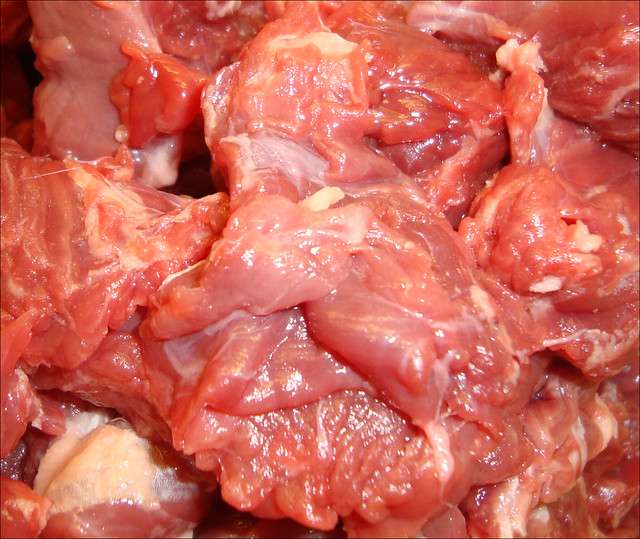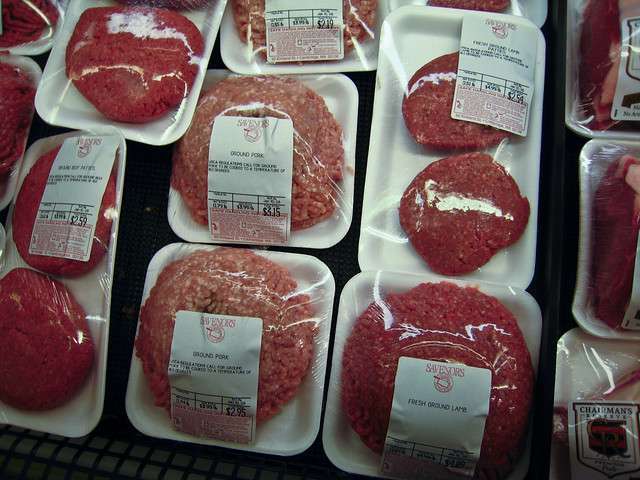Color Measurement in Meat Production and Research
The chemical and physical traits of meat are highly regulated by the United States Department of Agriculture (USDA).1 Color measurement instrumentation provides a wealth of information for muscle-based foods, which is why this method of inspection continues to increase in popularity. However, meat color measurement guidelines provide only an outline for meat appraisal and adapting these methods to the specific needs of this industry is where the real challenge lies.
The desirable color of uncooked meat is typically described in a range of pinks or reds, whereas discoloration values will range from brown, grey, green, or yellow. However, “brown colors are often difficult to measure instrumentally, and for meat, it is often easier to measure a lack of redness or other normal color.”2 Understanding the capabilities of your instrumentation and setting instrument parameters to generate the most accurate data will ensure that regulatory standards are met and only the safest and highest quality meat products are produced.
Color Uniformity and Stability
There are many factors that affect the color of meats. From packaging to processing, developing a color scale for uniformity can be difficult since these changes are often unpredictable. Various processing techniques are often designed to improve visual color quality, but generally affect only the external color of the meat. Meat stability regulations require the measurement of color to be uniform throughout the meat sample for quality and safety. With so many acceptable variations in color, it is important to follow an instrumental color scale to achieve desirable results.





